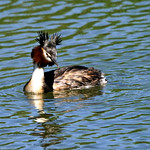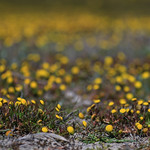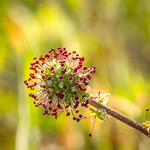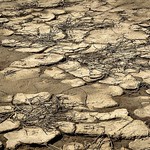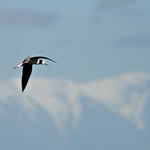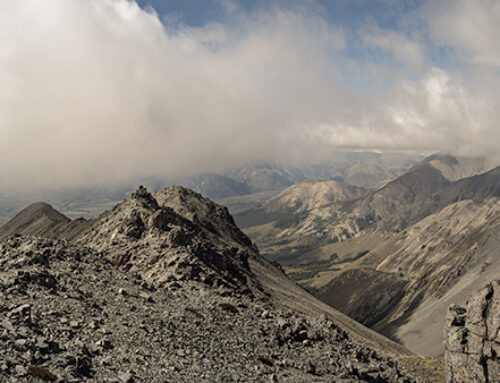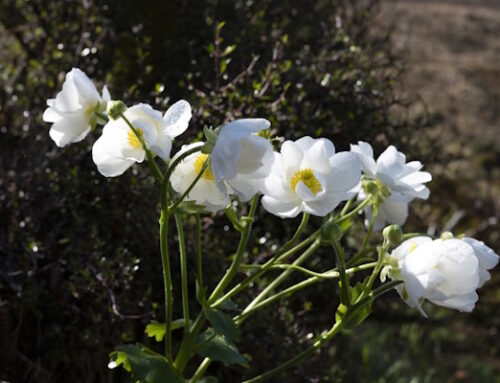Kaitorete Spit / Lake Ellesmere – 28 October 2017
Trip guide: Steve Attwood
Trip Report: Barry
20 of us including guests and Steve, our guide for the day, assembled at the road entrance to Kaitorete Spit and then travelled south to the beach edge. There we explored the low sand dunes for interesting fauna and flora, then out to the sea shore where uplifting the odd bit of driftwood exposed Huhu grubs, bugs and a highlight was Steve locating a female Katipo spider. A productive place to explore.
Kaitorete Spit has considerable cultural significant to Ngai Tahu and is ecologically significant including having some plants, moths etc endemic to this particular area. It’s the largest remaining area of pingoa, has the prostrate growing native broom, native rice, home to a flightless moth, katipo spider and lizards too.
From there we travelled to the track end at the SE edge of Lake Ellesmere and then a little way north where we walked to the lake edge on the lookout for waders. Pied Stilt, Banded Dotterel, Wrybill, Bar-tailed Godwit and other species were sighted. Light conditions were not conducive to good photography, especially for small birds at long focal lengths.
Lake Ellesmere is a key wetland for wading birds and nesting area for these and other species. In fact 166 species of birds have been recorded here, including 133 indigenous species. A prime spot for birders with easy access from Birdlings Flat.
We stopped off at Lake Forsyth, checking out the Crested Grebe’s, on route to Steve’s place for lunch. Lunch at Steve’s was a very pleasant culmination to an enjoyable and informative morning where our host and his partner treated us to pie and pavlova.
Our thanks to Steve for hosting and leading the trip, passing on his extensive knowledge of the flora and fauna and the lunch treats created by his partner.
Many thanks to Peter for a well organised trip.
To view more images visit Flickr

